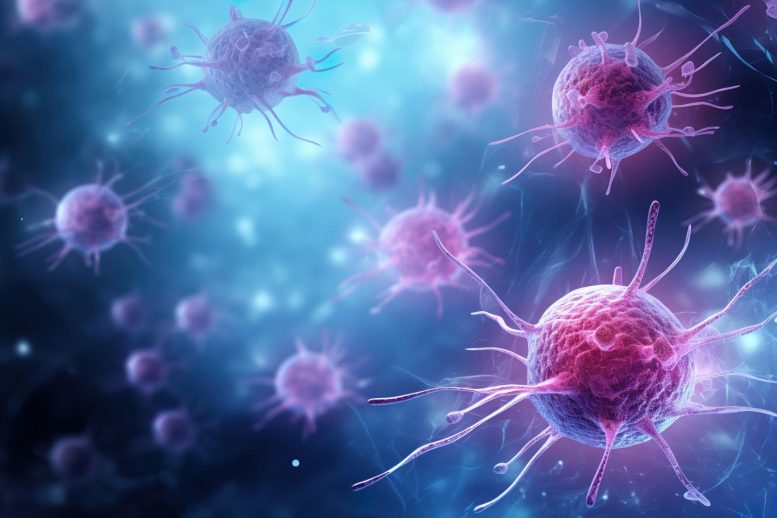
Researchers at Stanford Medicine have found that cancer cells undergo a series of specific and predictable genetic changes years before they become pre-malignant. This study could enable earlier diagnosis and intervention, potentially stopping cancer development at its earliest stages.
Predictable mutations chart cancer’s path.
Researchers from Stanford Medicine have discovered that cancer cells-to-be accumulate a series of specific genetic changes in a predictable and sequential way years before they are identifiable as pre-malignancies. Many of these changes affect pathways that control cell division, structure, and internal messaging — leaving the cells poised to go bad long before any visible signs or symptoms occur.
The study is the first to exhaustively observe the natural evolution of the earliest stages of human cancers, starting with cells that have a single cancer-priming mutation and culminating with a panel of descendants harboring a galaxy of genetic abnormalities.
Identifying the first steps associated with future cancer development could not only facilitate earlier-than-ever diagnosis — when a deadly outcome is but a twinkle in a rogue cell’s eye — but may also highlight novel interventions that could stop the disease in its tracks, the researchers say.
“Ideally, we would find ways to intercept this progression before the cells become truly cancerous,” said Christina Curtis, Ph.D., professor of medicine, genetics, and biomedical data science. “Can we identify a minimal constellation of genetic alterations that imply the cell will progress? And, if so, can we intervene? The striking reproducibility in the genetic changes we observed from multiple donors suggests it’s possible.”
Curtis is the senior author of the research, which was published on May 31 in Nature. The lead authors of the study are former postdoctoral scholar Kasper Karlsson, Ph.D., and visiting graduate student Moritz Przybilla.
Cells of nefarious beginnings
The research builds on previous work in Curtis’s laboratory indicating that some colon cancer cells are seemingly born to be bad — they acquire the ability to metastasize long before the disease is detectable.
“Our studies of established tumors showed us that early genomic alterations seem to dictate what happens later, and that many of these changes seem to happen before tumor formation,” Curtis said. “We wanted to know what happens at the very earliest stages. How does a cancer cell evolve, and is this evolutionary path repeatable? If we start with a given set of conditions, will we get the same result in every case?”
The researchers studied tiny, three-dimensional clumps of human stomach cells called gastric organoids. The cells were obtained from patients undergoing gastric bypass surgery to treat obesity. At the beginning of the study, the researchers nudged the cells toward cancers by disabling the production of a key cancer-associated protein called p53 that regulates when and how often a cell divides. Mutations in p53 are known to be an early event in many human cancers, and they trigger the accumulation of additional genetic changes including mutations and copy number alterations — in which repetitive regions of the genome are lost or gained during cell division.
Then they waited.
Every two weeks, for two years, Karlsson cataloged the genetic changes occurring in the dividing cells. When Karlsson and Przybilla analyzed the data they found that, although changes occurred randomly, those that conferred greater fitness gave their host cells an evolutionary advantage over other cells in the organoid. As the cells continued to divide and the cycle of mutation and competition repeated over many iterations, the researchers saw some common themes.
Predictable pathways
“There are reproducible patterns,” Curtis said. “Certain regions of the genome are consistently lost very early after the initial inactivation of p53. This was repeatedly seen in cells from independent experiments with the same donor and across donors. This indicates that these changes are cell-intrinsic, that they are hardwired into tumor evolution. At the same time, these cells and organoids appear mostly normal under the microscope. They have not yet progressed to a cancer.”
The researchers found that these early changes usually occur in biological pathways that control when and how often a cell divides, that interfere with a cell’s intricate internal signaling network coordinating the thousands of steps necessary to keep it running smoothly, or that control cell structure and polarity — its ability to know what is “up” and “down” and to situate itself with respect to neighboring cells to form a functioning tissue.
The researchers saw similar patterns occur again and again in cells from different donors. Like water flowing downhill into dry creek beds, the cells traced tried-and-true paths, gaining momentum with each new genetic change. Several of these changes mirror mutations previously observed in stomach cancer and in Barrett’s esophagus, a pre-cancerous condition arising from cells that line the colon and stomach.
“These changes occur in a stereotyped manner that suggests constraints in the system,” Curtis said. “There’s a degree of predictability at the genomic level and even more so at the transcriptomic level — in the biological pathways that are affected — that gives insights into how these cancers arise.”
Curtis and her colleagues plan to repeat the study in different cell types and initiate events other than p53 mutation.
“We’re trying to understand exactly what malignant transformation is,” Curtis said. “What does it mean to catch these cells in the act, about to topple over the edge? We’d like to repeat this study with other tissue types and initiating mutations so we can understand the early genetic events that occur in different organs. And we’d like to study the interplay between the host and the environment. Do inflammatory factors play a role in promoting progression? We know that it matters that the cells in these organoids are communicating with each other, and that is important to understanding progression and treatment response.”
Reference: “Deterministic evolution and stringent selection during preneoplasia” by Kasper Karlsson, Moritz J. Przybilla, Eran Kotler, Aziz Khan, Hang Xu, Kremena Karagyozova, Alexandra Sockell, Wing H. Wong, Katherine Liu, Amanda Mah, Yuan-Hung Lo, Bingxin Lu, Kathleen E. Houlahan, Zhicheng Ma, Carlos J. Suarez, Chris P. Barnes, Calvin J. Kuo and Christina Curtis, 31 May 2023, Nature.
DOI: 10.1038/s41586-023-06102-8
Researchers from Karolinska Institutet, the University College London, and the Chan Zuckerberg Biohub also contributed to the study.
The research was supported by the National Institutes of Health (grants DP1-CA238296 and U01-CA217851) and the Swedish Research Council.

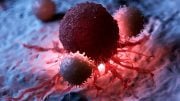
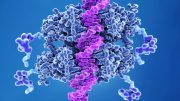
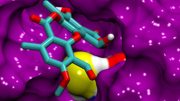
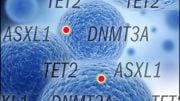
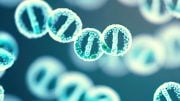
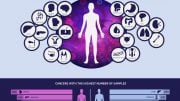
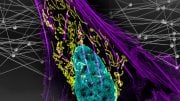
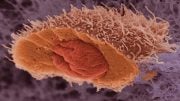
As a senior lay male I cannot speak to issues of “…p53 mutation…” but what I can speak to is “Do inflammatory factors play a role in promoting progression?” Early on when celebrity women began having preemptive mastectomies to prevent breast cancers, as an unintended consequence of researching added ‘cultured-free’ (can cross the blood brain barrier) MSG I found that very, very mild medically unrecognized food (minimally) allergy reactions (e.g., Dr. Arthur F. Coca, by 1935) aggravated with soy processed with toxic hexane (with some residue; FDA ‘GRAS’) by the early 1970s, not MSG (1980), was the likely culprit, with the US Female breast cancer epidemic presenting by 1979 (ACS and NCI data).